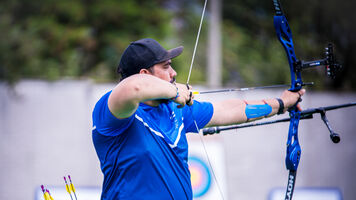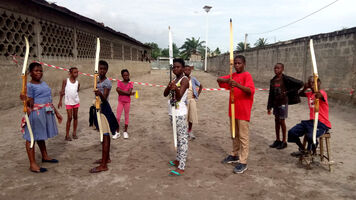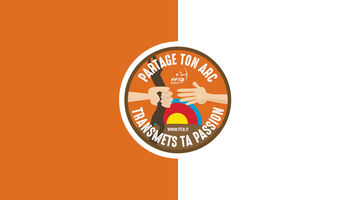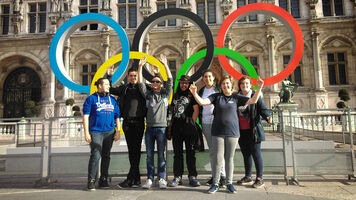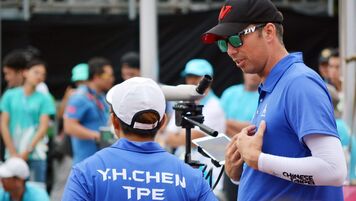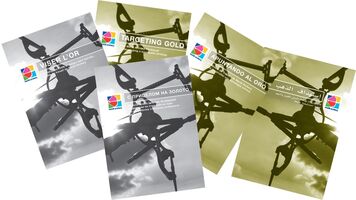Bhutan: Making The National Sport More International
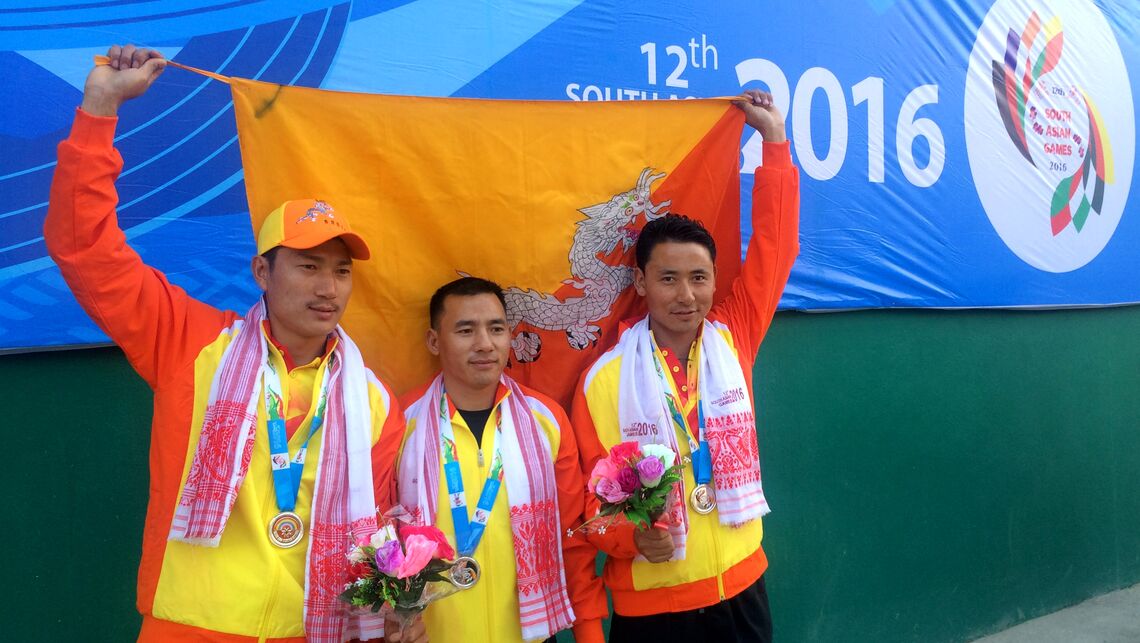
Header image: Bhutan Olympic Committee. Body images: Bhutan Olympic Committee / Bhutan Archery Federation.
The archery tradition in Bhutan comes from an indigenous culture that dates back to 600 BC. But international rules and modern equipment are unknown or unusual among most of Bhutan’s inhabitants.
There, bows and arrows are made of bamboo and archery is used as a social event, at which villages and amateur teams compete against one another. The compound has, recently, been the bow of choice in the country, although sights and releases are not usually used in these local gatherings.
Bhutan’s Archery Federation decided to utilise this ingrained archery culture to its advantage.
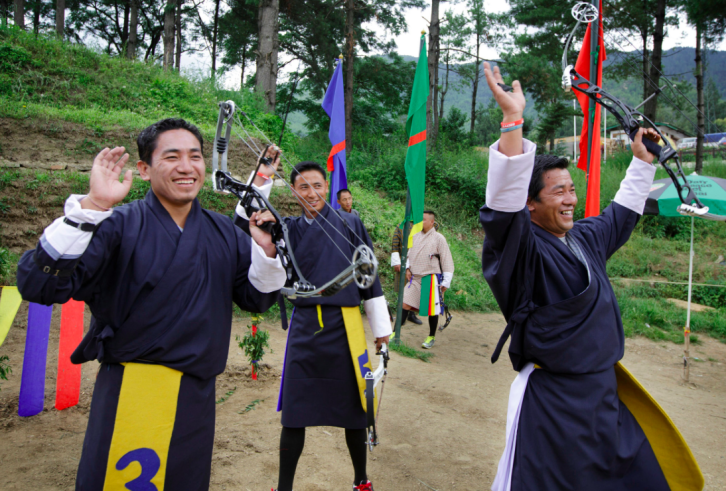
The association chose the strongest traditional compound archers in the country to train with the modern technological accessories that are normally associated with the discipline – like magnifying sights, scopes, release aids and stabilisers – and taught them how to shoot internationally.
“They were not full-time archers. They were people who work all day, but who loved archery and shot well,” explained Tsewang Rinchen, Secretary General of the Bhutan Archery Federation.
“They were talented, though: We did a selection process and chose the best athletes. Then invited them to training camps, where they were introduced to the modern compound bow and to the international rules.”
At the 2016 South Asian Games, which were held in India on 5-9 February, Bhutan collected one silver and four bronze medals. That silver medal came courtesy of Bhutan’s compound men’s team.
The Development Programme
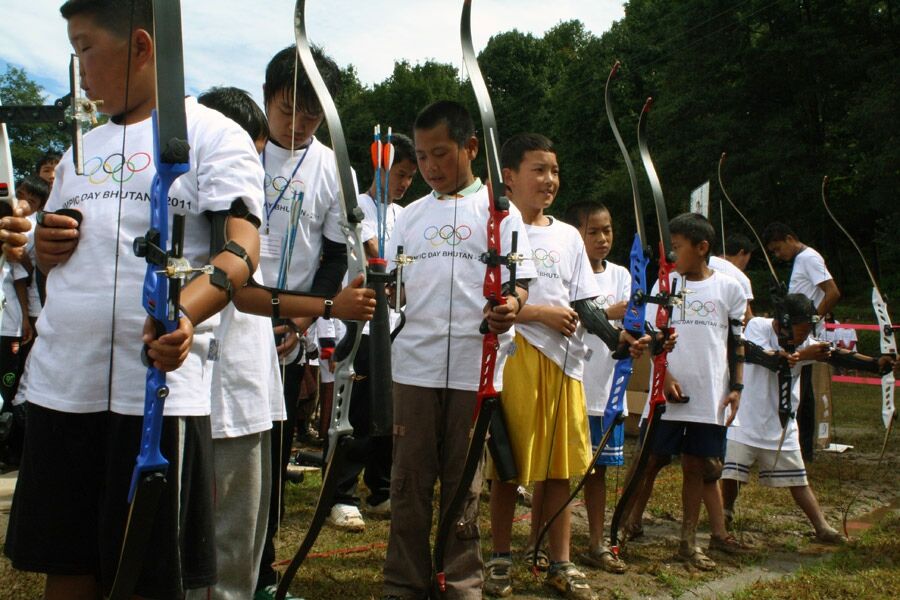
Although archery is the national sport in Bhutan, Tsewang Rinchen admitted that there are no archery clubs in the country. What they have are small associations that work for the promotion of the sport.
“It’s quite ironic. Every school has a basketball or volleyball court, but not an archery field,” the Secretary General explained. It’s archery that’s the nation’s national sport, though.
In order to kickstart the creation of archery clubs with the main interest of promoting the recurve bow ahead of Tokyo 2020 Olympic Games, the Himalayan nation will start a grassroots programme to introduce archery into schools in 2016.
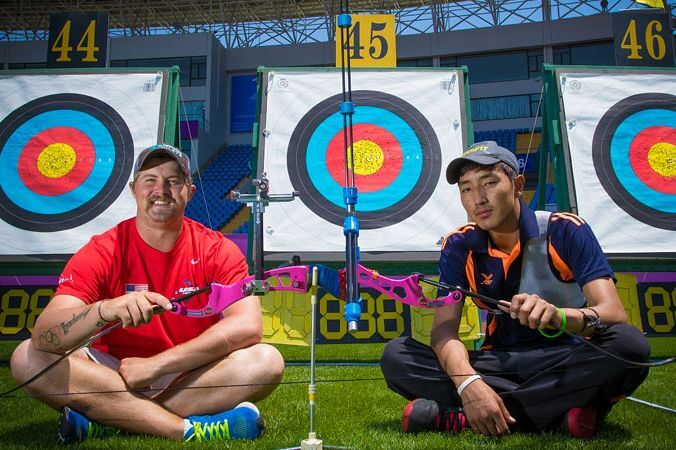
Although the local media has said that it will become a mandatory programme, the federation clarified that it will be up to the schools authorities and students to choose to practise the sport.
The country of Bhutan is divided into 20 political districts. The Bhutan Archery Federation is located in Thimphu, the capital of the country, but has created an office on the eastern side of the nation, in the district of Trashigeng, where this archery in schools programme will start.
Olympian Sherab Zam, supported by three other coaches, will manage the office.
Recurve selection
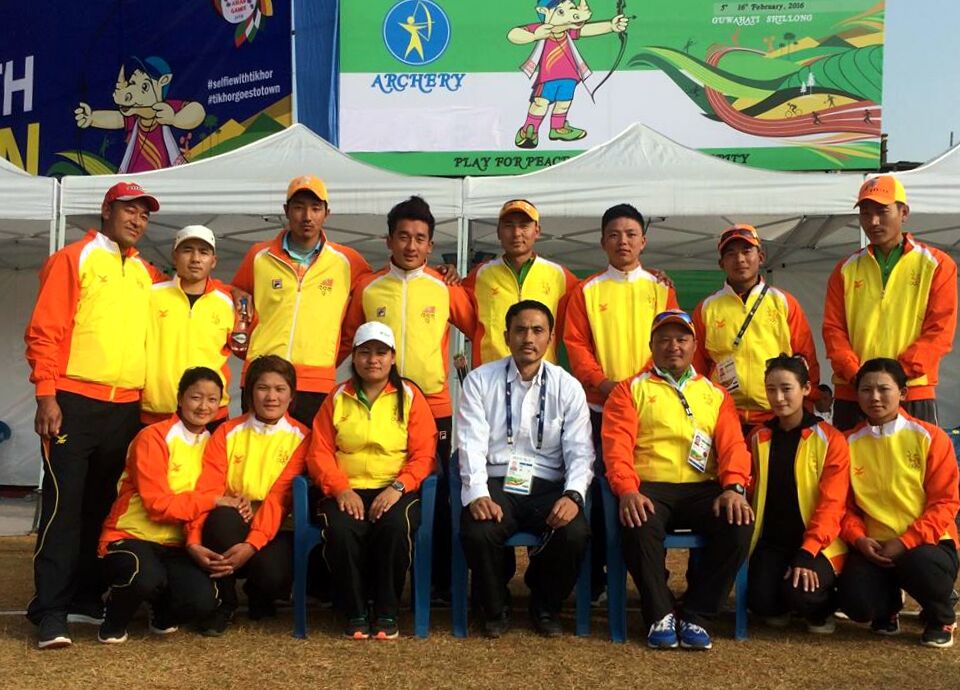
To choose the international recurve team, the Himalayan nation organises training camps during school holidays to identify talented archers. The criteria for selection has nothing to do with scoring, but with the form of each archer.
Over 1,100 archers participated in the four camps, each held in a different region, that were organised to select the recurve team for the South Asian Games.
One hundred candidates were chosen for intensive coaching sessions. Each week, the group was cut until they had the final eight: Four men and four women. Those who made the top-20 remain under consideration for further selection.
The Bhutan Archery Federation, after taking five medals at the South Asian Games, plus participating in the World Archery Championships in Copenhagen and Shanghai Archery World Cup stage in 2015, thinks its competitive team is on the right track.
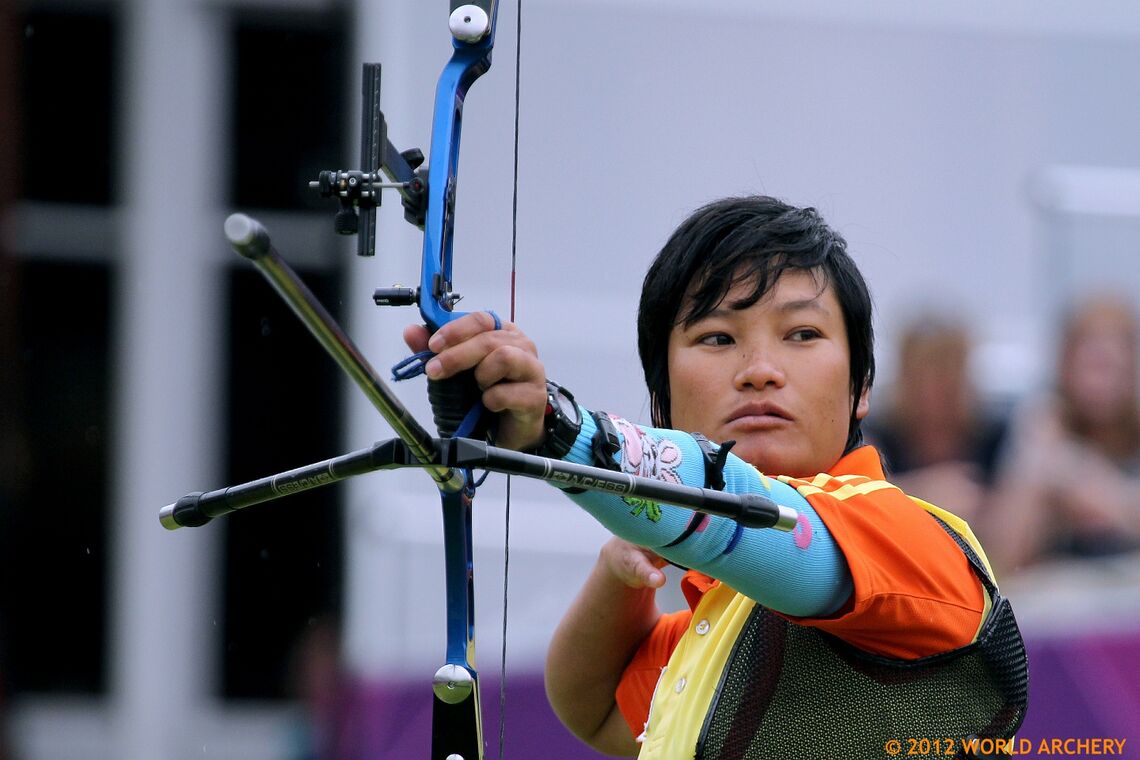
Bhutan has competed in archery at every edition of the Olympic Games since 1984. The team has historically been awarded Tripartite Places, but Tsewang Rinchen thinks the team isn’t far off qualifying through the open quota tournaments.
“We will go to Antalya to give our best and see if we have at least one chance,” said Rinchen. The third stage of the Archery World Cup in 2016 includes the final worldwide tournament for Rio 2016 quota places.
“It will be difficult, though. Our archers have been training for no more than two or three years, and have less international experience than most.”
“They are young now, but they will do great in the future.”


